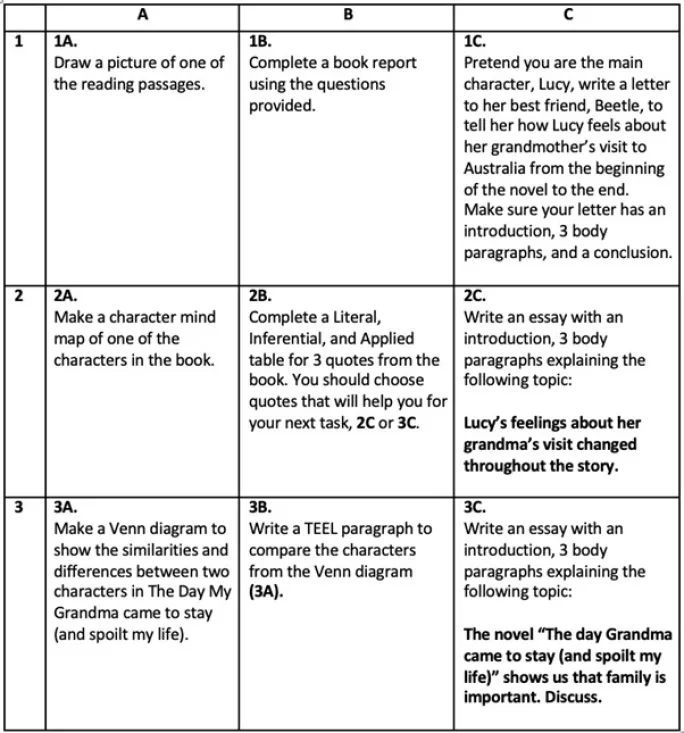International teachers have to account for the fact some students have not grown up with English as their native language.
Some may not even be fluent in any particular language because they may have grown up with two parents speaking two languages or they have lived in so many different countries they have yet to establish a mother-tongue.
As such, for these students, the classroom can be a very daunting place. So how can we do our best to make our lessons accessible to them?
Fundamentally there are two core strategies that we can use in the mainstream classroom to help EAL students access the content for our subject: modified learning and personalised learning.
1. Modified learning: the pros and cons
Modified learning includes modifying tasks, texts, and assessments.
This approach requires the teacher to create completely different tasks, giving EAL students a different text to read or even a different assessment in order to help the students access the content using vocabulary that fits their level.
Modifications do not need to be done at all stages of the unit but can be varied depending on the students and topic.
Some examples of modifications include giving the class choices of tasks.
This can be done through a menu approach, giving students mild, medium, spicy options for the task or assessment. The assessment rubric would need to vary according to the task.
Other modifications can include giving students levelled texts. Britannica School and BBC Bitesize are resources that have levelled reading materials on different topics. It is a good idea to also check students’ lexile level and give them reading novels and texts that suit their reading ability.
The modified learning approach works well in a prescribed curriculum setting, where students need to learn specific content and there’s little room for creative assessments.
This kind of approach also tends to work better for students who already have a strong foundation in their native language in order to translate and transfer new knowledge.
However, this approach can be a lot of work for a class with EAL students of varying levels on top of the non-EAL cohort. Additionally, some EAL students may not even be able to access the modified version.
This is when the other strategy can work better.
2. Personalised learning benefits: the pros and cons
On the other hand, personalised learning is a more flexible approach that can be adapted to a class of students with varying abilities for both EAL and non-EAL learners.
Some of the ideas for this approach include having “one task fits all”, choice of tasks, choice of texts, and choice of assessments.
The idea of “one task fits all” can be done by giving a task that all students can produce at varying levels, often this can be done with creative tasks such as writing a story, screenplay, or producing a poster for a certain topic or theme.
As for giving students choices, this can be found in examples such as RAFT board (role, audience, form, topic), where students have choices for their writing or oral production.
Teachers can also use a tic-tac-toe board, where students can choose from a range of tasks following a pattern that may be showcasing certain skills or knowledge; or a simple table of tasks (see below) that students can pick and choose from.
The personalised learning approach works best in a more creative environment that allows students to complete tasks to the best of their ability.
The disadvantage of this approach is that teachers may not be able to get through a large amount of content, especially at the senior levels.
Moreover, this approach can be difficult to assess in a standardised system.
Ultimately, it is up to the classroom teachers to decide on what they believe would work best for their students.
The key is knowing these options, when they work and when to try them.
Rose Vu is an English and social studies teacher at Nord Anglia International School Rotterdam with nine years of experience teaching EAL students


